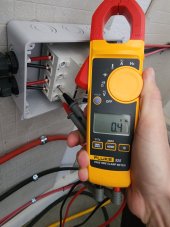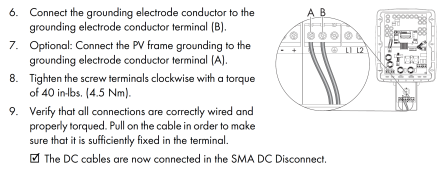FilterGuy
Solar Engineering Consultant - EG4 and Consumers
@Will Prowse just did a video warning folks about 120V showing up on the PV lines.
There have been several threads where people reported seeing voltage on the PV out. I always thought it was failed units, but Will reports it is normal on a lot of units.
I can kinda understand if the 120V is measured between the PV lines and ground, but I *really* don't understand how it would be OK to have 120V between the two PV lines. Wouldn't that be driving current through the panels?
What are people seeing? If you have seen this, please report what you have seen: Make, Model and what you are seeing? (Do you see 120 between the two PV lines or just 120 between one or both of the PV lines and ground?).
By the way: Will states that you should not ground your panels... I am pretty sure he means you should not ground one of the power lines from the panels. The panel frames are required to be grounded in the NEC.
There have been several threads where people reported seeing voltage on the PV out. I always thought it was failed units, but Will reports it is normal on a lot of units.
I can kinda understand if the 120V is measured between the PV lines and ground, but I *really* don't understand how it would be OK to have 120V between the two PV lines. Wouldn't that be driving current through the panels?
What are people seeing? If you have seen this, please report what you have seen: Make, Model and what you are seeing? (Do you see 120 between the two PV lines or just 120 between one or both of the PV lines and ground?).
By the way: Will states that you should not ground your panels... I am pretty sure he means you should not ground one of the power lines from the panels. The panel frames are required to be grounded in the NEC.







